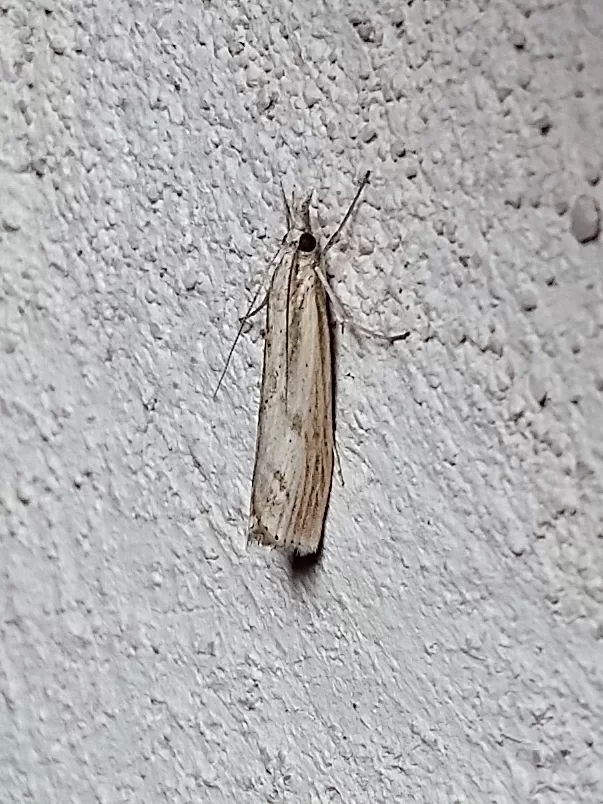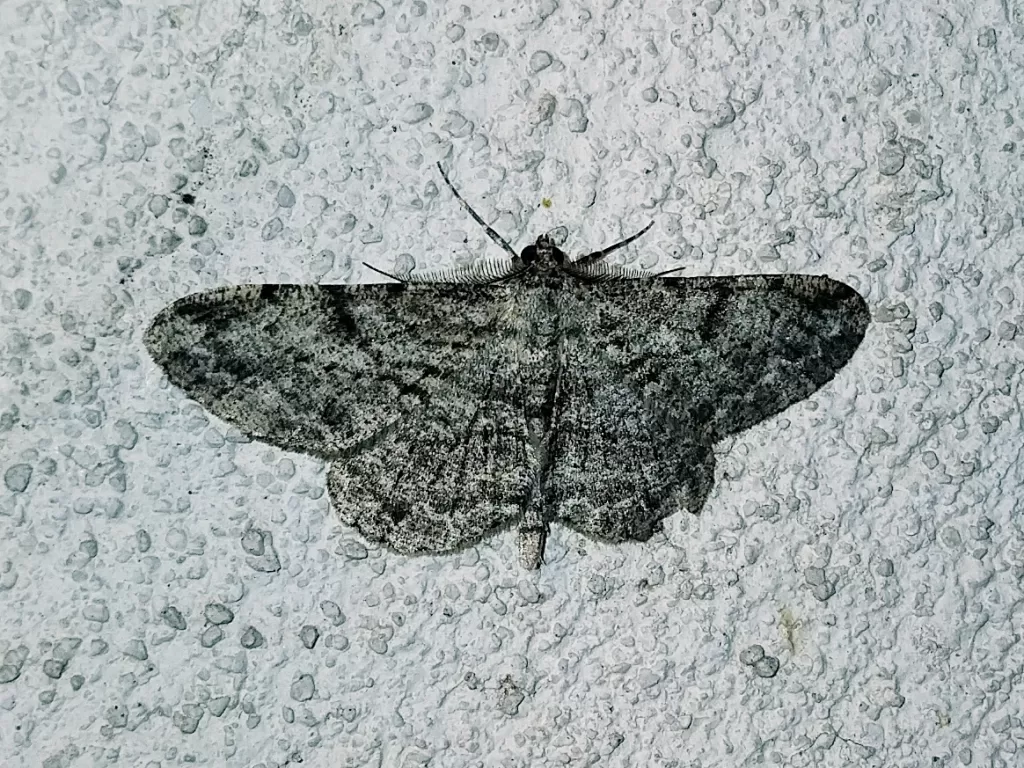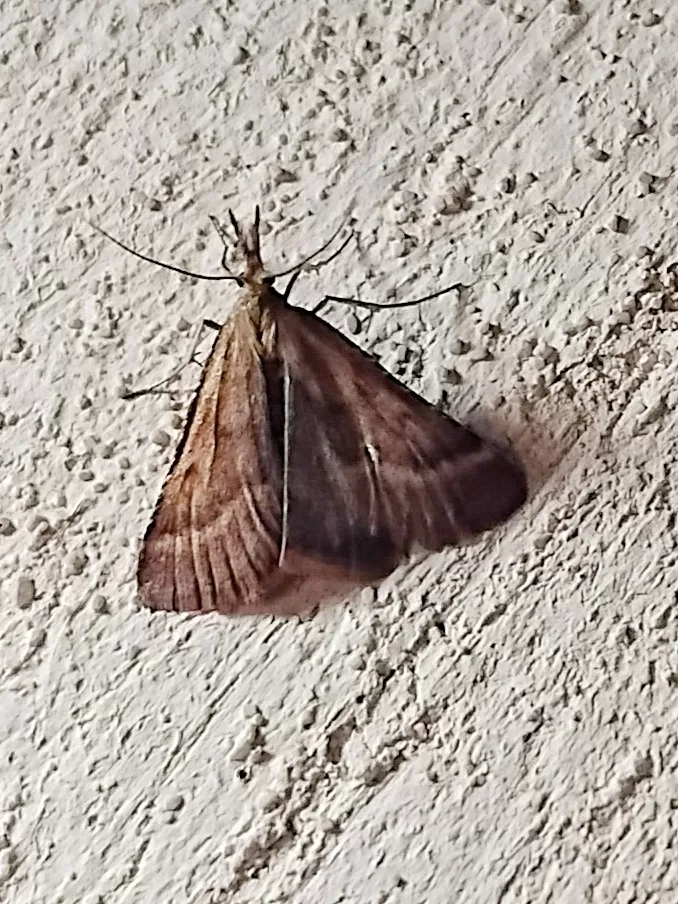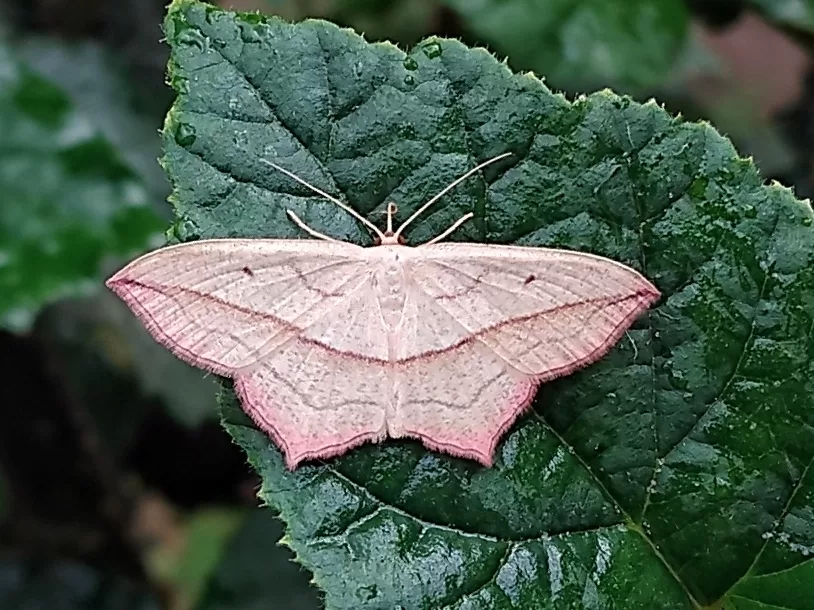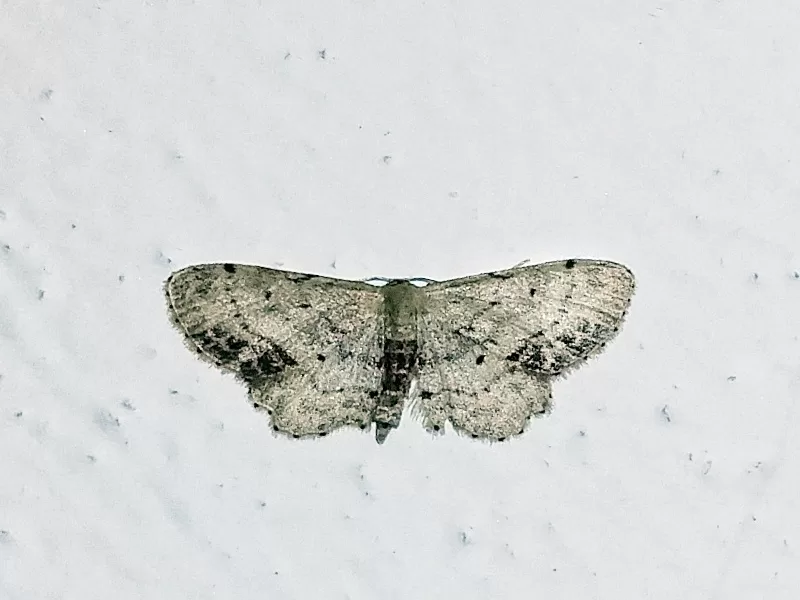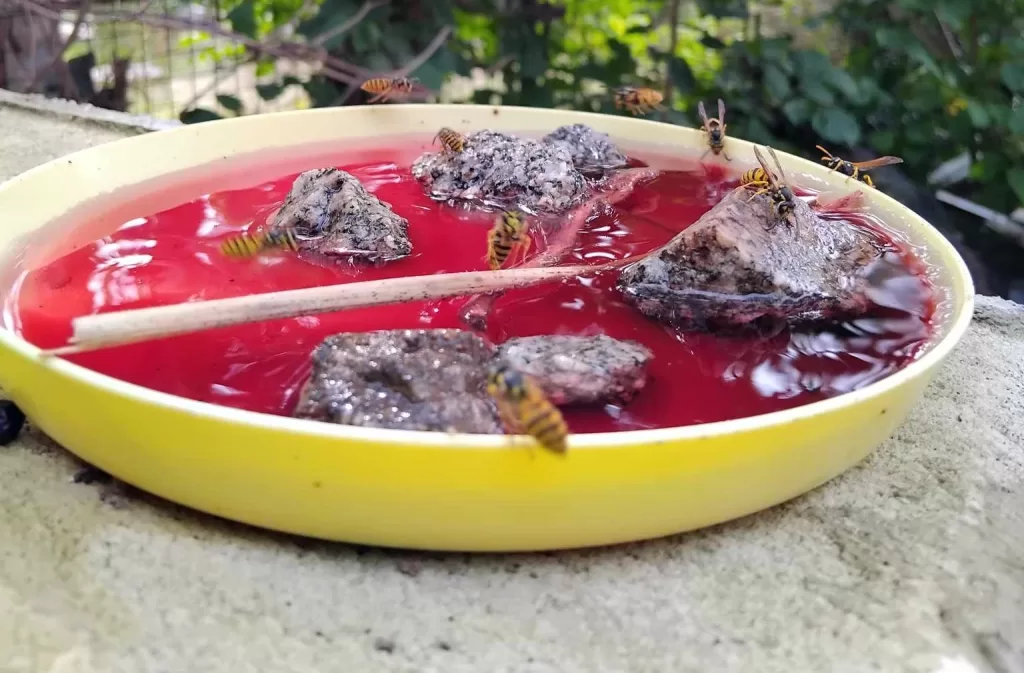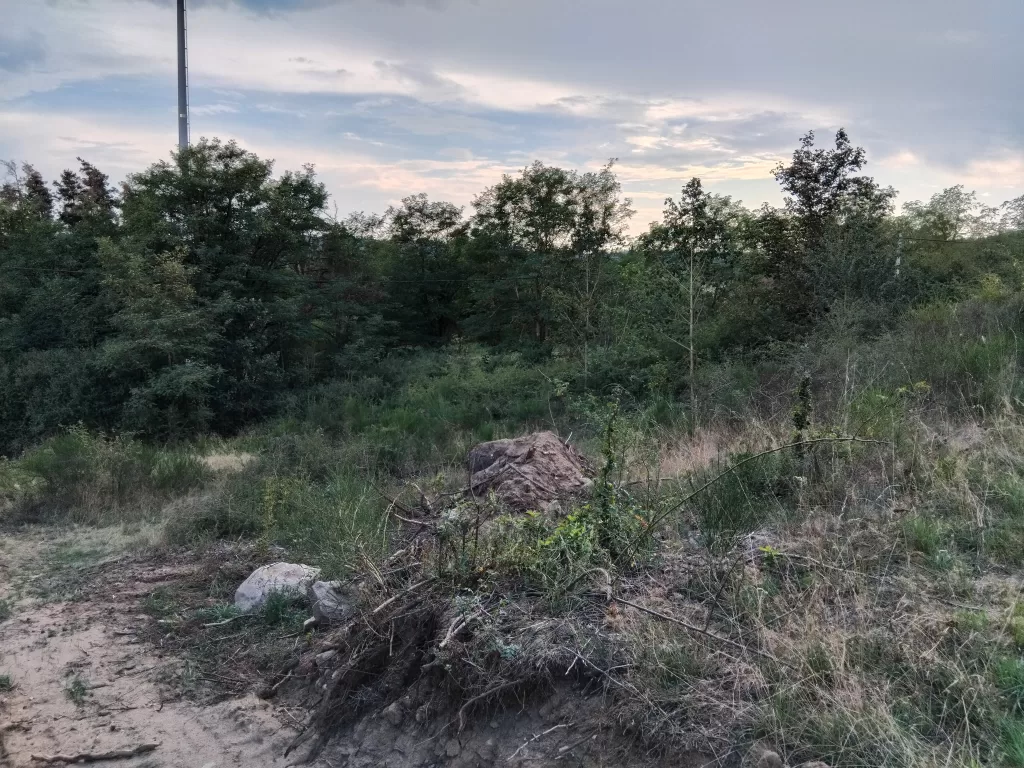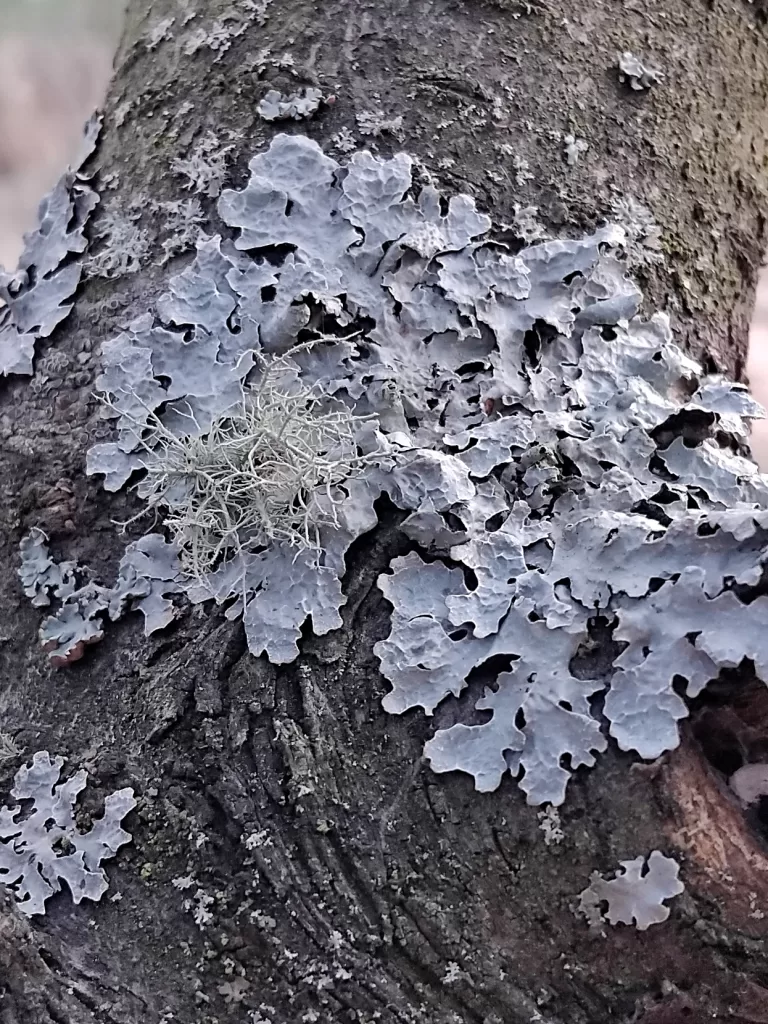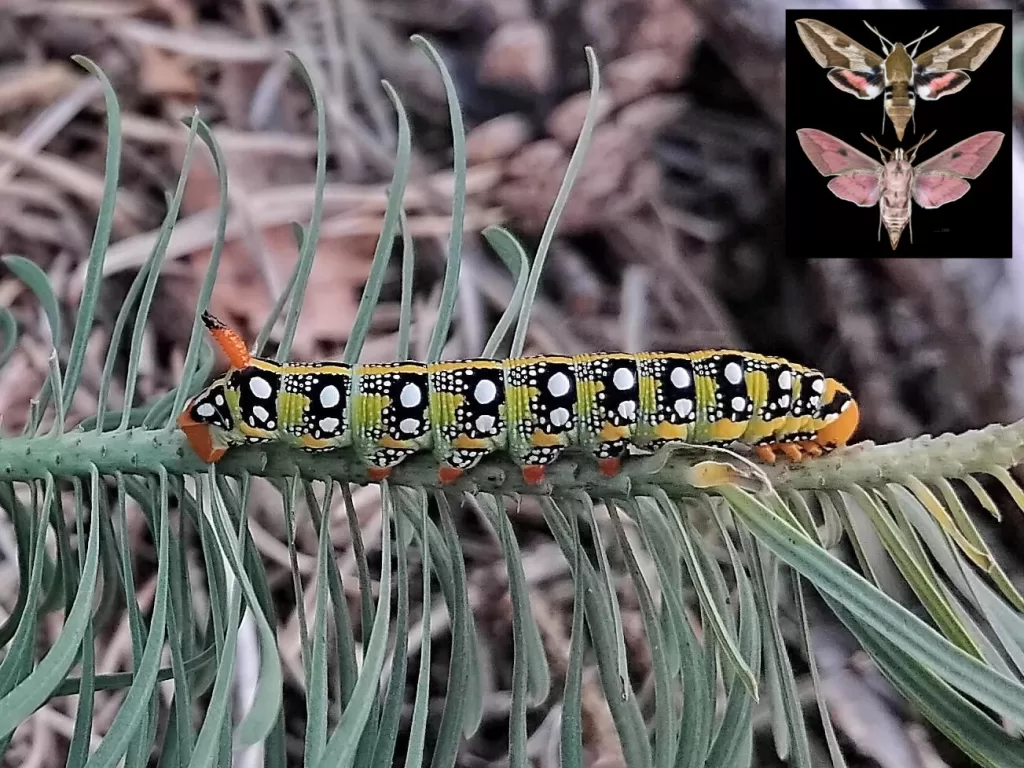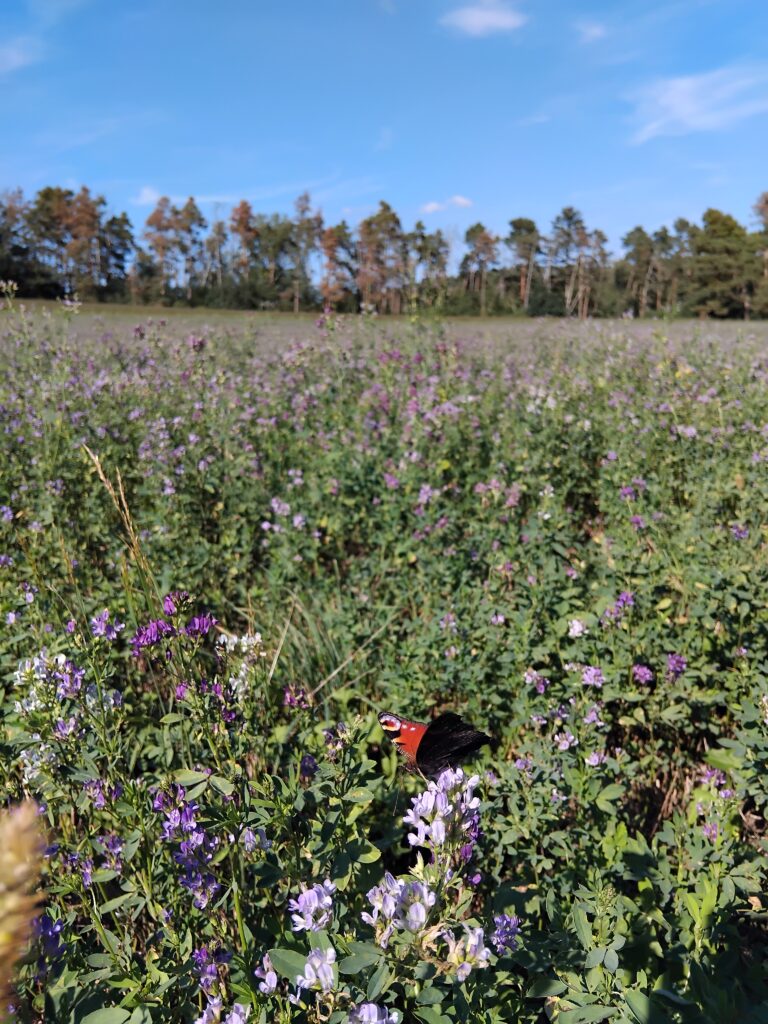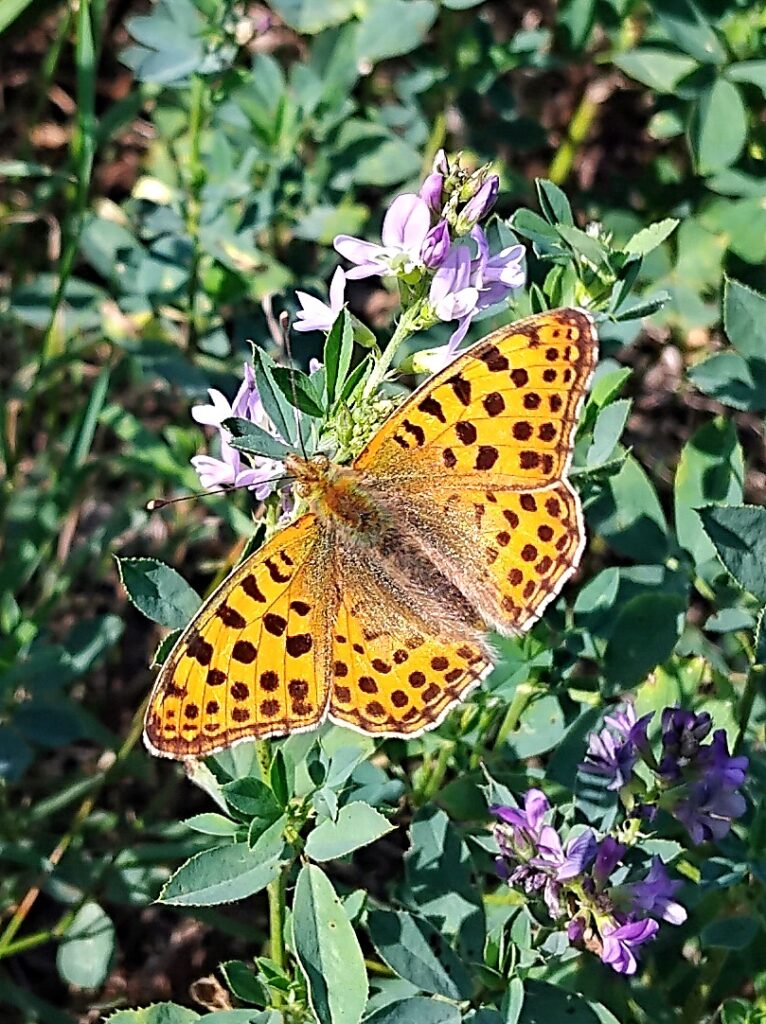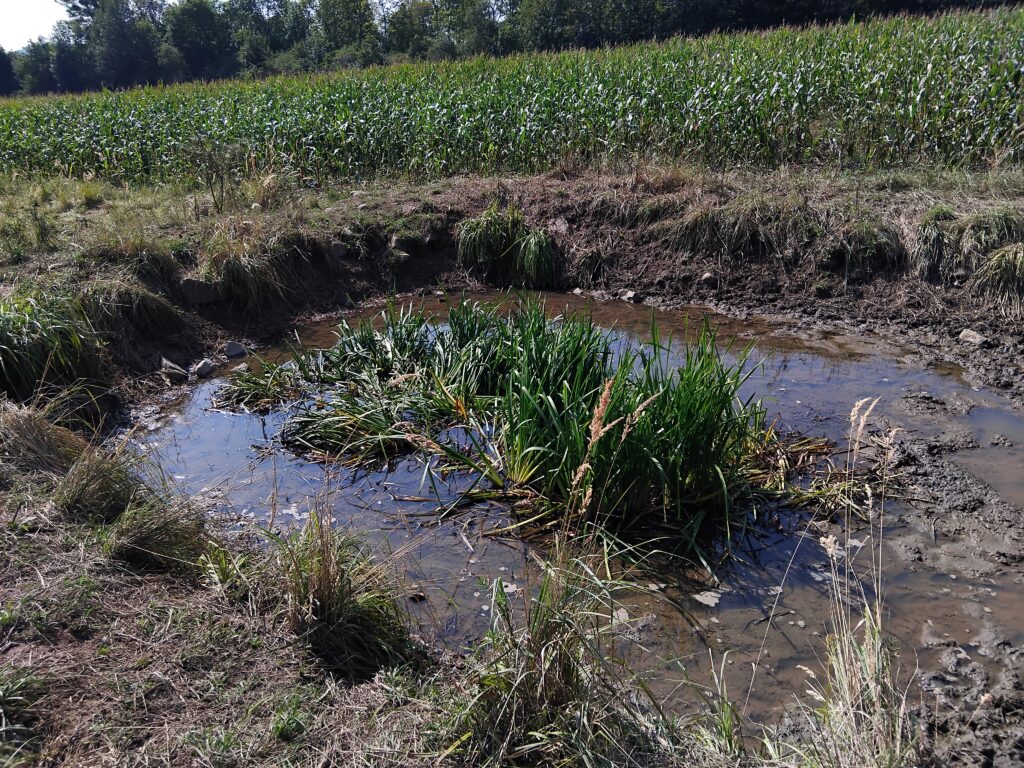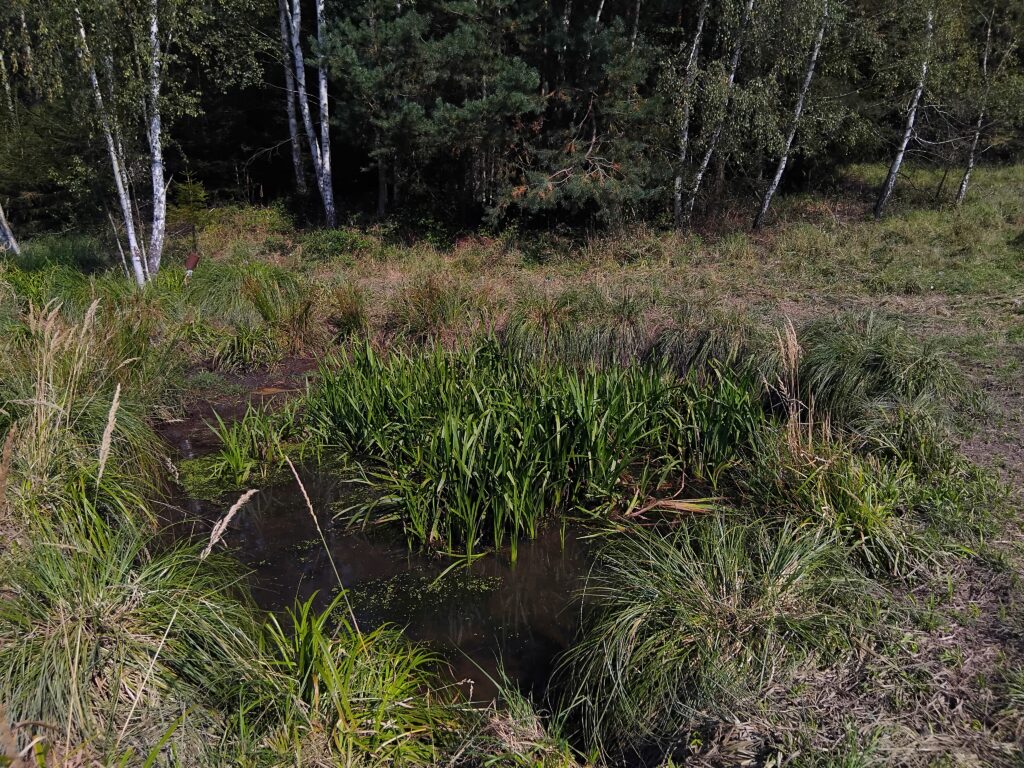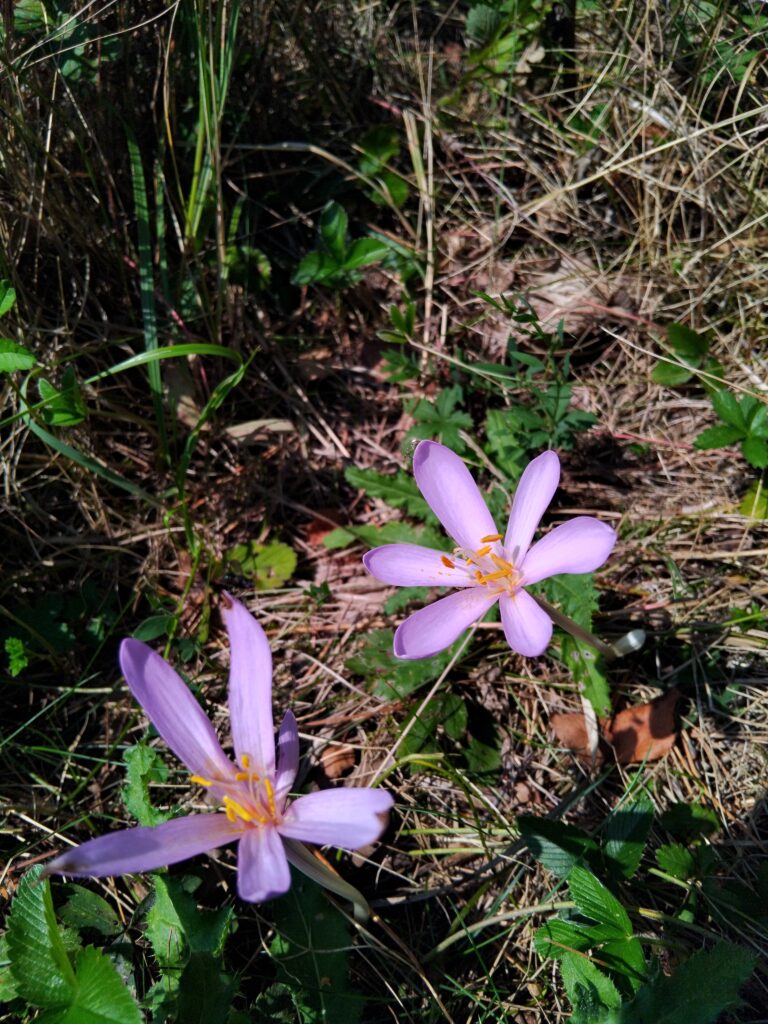Astronomical autumn doesn’t start for another week, but due to the weather we can take a brief look back at summer now (20. June to 15. September).
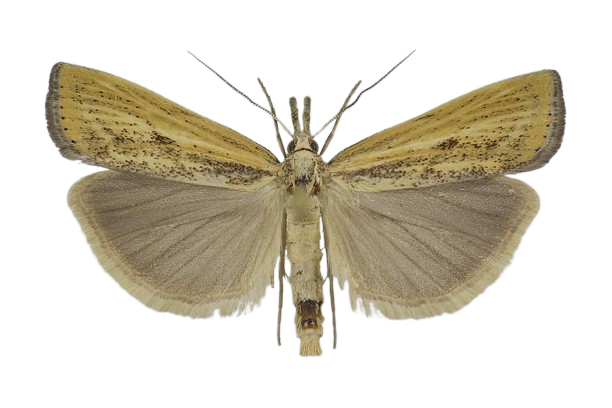
The clear winner is the species Agriphila inquinatella (Denis & Schiffermüller, 1775), which has been flying throughout the whole summer, winning both the persistence award and the most frequent visitors award.
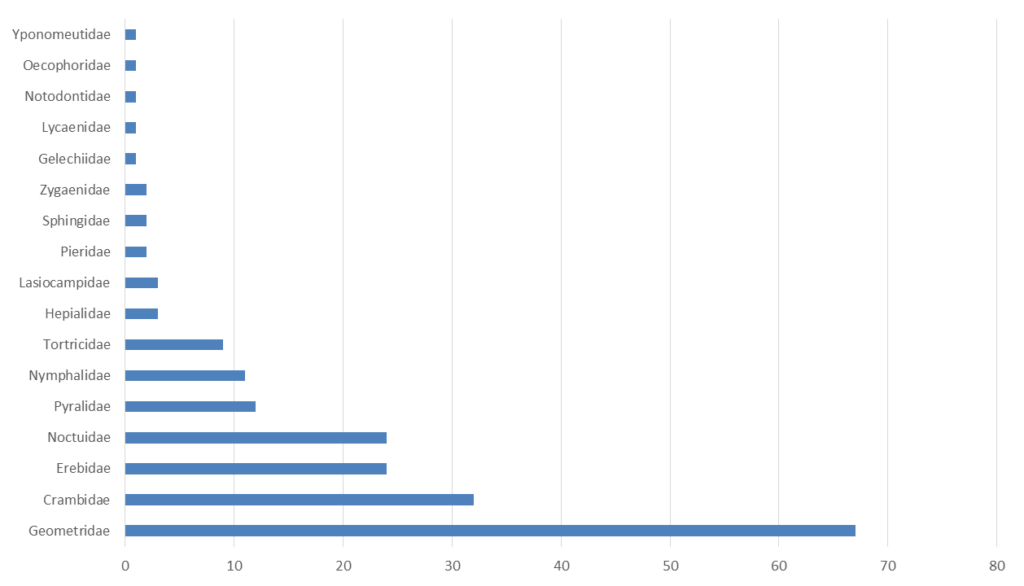
Most observed families:
- Geometridae (67)
- Crambidae (32)
- Erebidae (24)
- Noctuidae (24)
- Pyralidae (12)
- Nymphalidae (11)
Observed species:
- Acontia trabealis
- Agapeta hamana
- Aglais io
- Aglais urticae
- Agriphila inquinatella
- Agriphila straminella
- Agriphila tristella
- Alcis repandata
- Apamea unanimis
- Aphantopus hyperantus
- Arctia caja
- Athetis lepigone
- Biston betularia
- Bryotropha terrella
- Calamotropha paludella
- Camptogramma bilineata
- Catarhoe cuculata
- Catarhoe cuculata
- Catocala elocata
- Catoptria falsella
- Catoptria permutatellus
- Catoptria pinella
- Celypha striana
- Cidaria fulvata
- Cosmia pyralina
- Cosmorhoe ocellata
- Cydalima perspectalis
- Cydia pomonella
- Deltote pygarga
- Dendrolimus pini
- Diachrysia stenochrysis
- Eilema complana
- Eilema lurideola
- Ematurga atomaria
- Endothenia quadrimaculana
- Epirrhoe alternata
- Eucosma conterminana
- Eudonia lacustrata
- Eulithis prunata
- Euphyia unangulata
- Eupithecia icterata
- Eupithecia simpliciata
- Evergestis forficalis
- Gonepteryx rhamni
- Gymnoscelis rufifasciata
- Hadena compta
- Harpella forficella
- Hedya ochroleucana
- Herminia tarsicrinalis
- Hoplodrina respersa
- Hyles euphorbiae
- Hypena proboscidalis
- Hypena rostralis
- Hypomecis punctinalis
- Hypsopygia costalis
- Chiasmia clathrata
- Chrysoteuchia culmella
- Idaea aversata
- Idaea aversata
- Idaea deversaria
- Idaea dimidiata
- Idaea fuscovenosa
- Idaea inquinata
- Idaea ochrata
- Idaea seriata
- Idaea straminata
- Issoria lathonia
- Isturgia arenacearia
- Lasiocampa trifolii
- Laspeyria flexula
- Lithosia quadra
- Luperina testacea
- Macaria alternata
- Macroglossum stellatarum
- Maniola jurtina
- Melanargia galathea
- Mesoligia furuncula
- Mythimna albipuncta
- Mythimna pallens
- Nudaria mundana
- Oncocera semirubella
- Ostrinia nubilalis
- Paracolax tristalis
- Parascotia fuliginaria
- Paratalanta hyalinalis
- Pasiphila rectangulata
- Patania ruralis
- Peribatodes rhomboidaria
- Pheosia tremula
- Phragmatobia fuliginosa
- Pieris rapae
- Polygonia c-album
- Polyommatus icarus
- Polypogon tentacularia
- Pyralis farinalis
- Pyrausta despicata
- Rhodostrophia vibicaria
- Rivula sericealis
- Scoliopteryx libatrix
- Scoparia ambigualis
- Scopula immorata
- Scopula marginepunctata
- Scopula nigropunctata
- Scopula rubiginata
- Synaphe punctalis
- Tholera cespitis
- Tholera decimalis
- Timandra comae
- Triodia sylvina
- Vanessa atalanta
- Xanthorhoe ferrugata
- Xestia c-nigrum
- Xestia triangulum
- Xestia xanthographa
- Yponomeuta
- Zygaena loti
